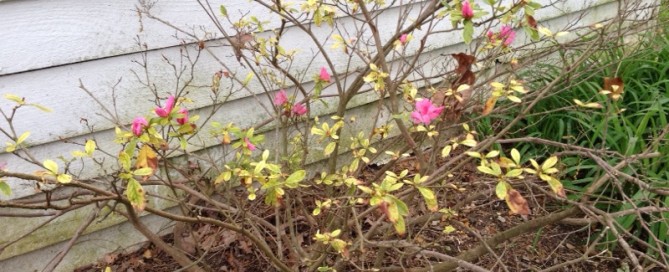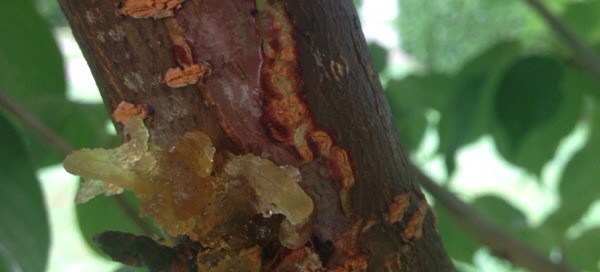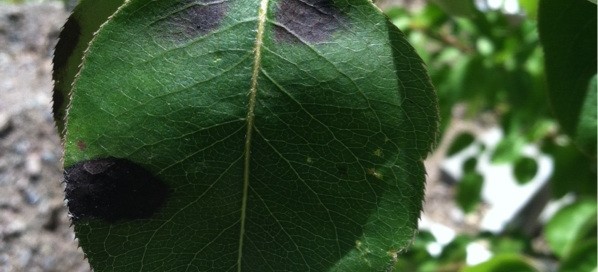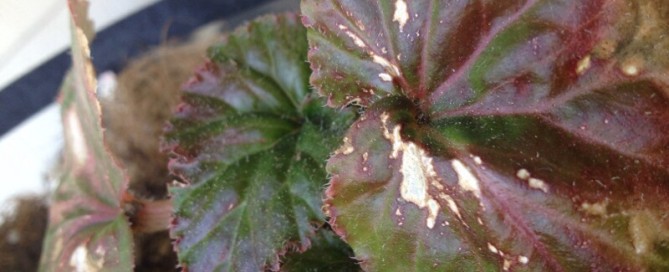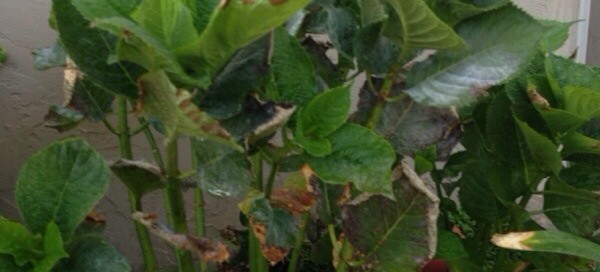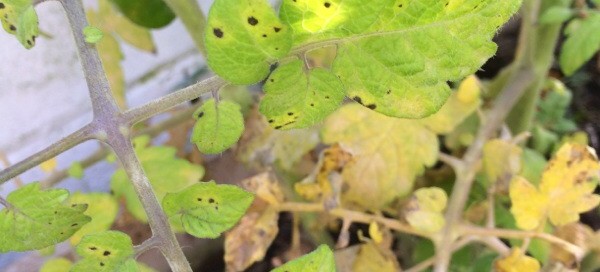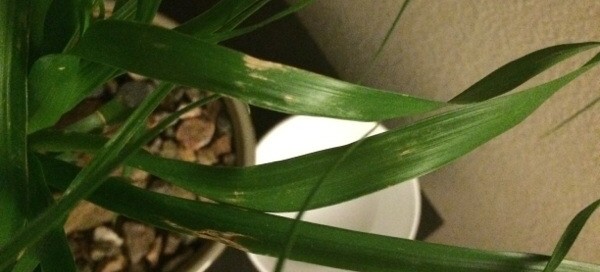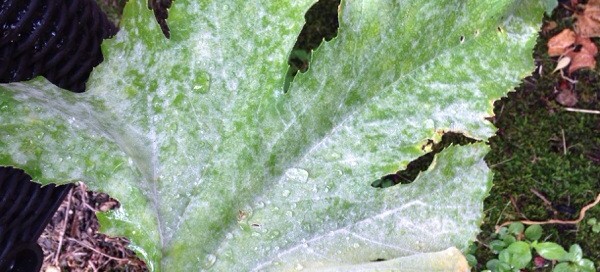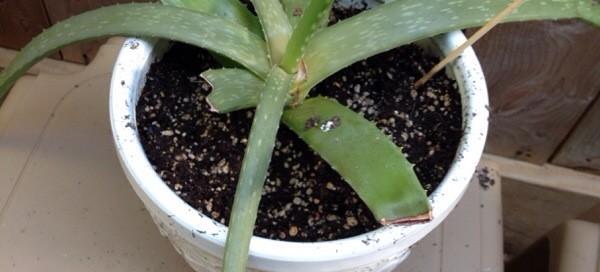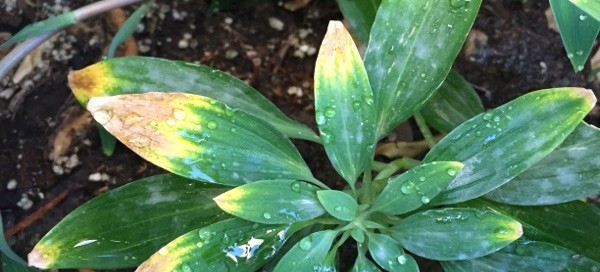Azalea Problem
Thank you for submitting another photo. This looks like it could be the result of too much water/soil moisture. Leaves will turn uniformly yellow and may show signs of tip injury under these conditions because the feeder roots die and can no longer take in water (or nutrients). This is sometimes fatal to plants, however you can try allowing the soil to dry some and prune back the stems that appear to be dead or dieing (hopefully cutting back to tissue that is still alive). An acid fertilizer may help the plant to recover new green growth after pruning but do not not apply this fertilizer with water at this point. If you do not think this is an overwatering issue, refer to this link for other possibilities. http://azaleas.org/index.pl/azculture.html
